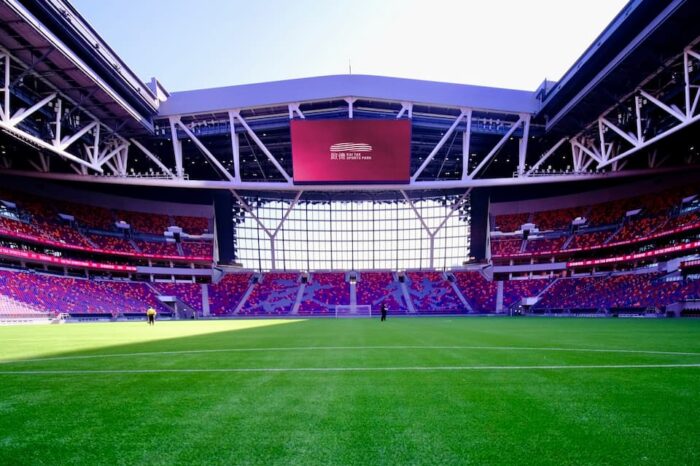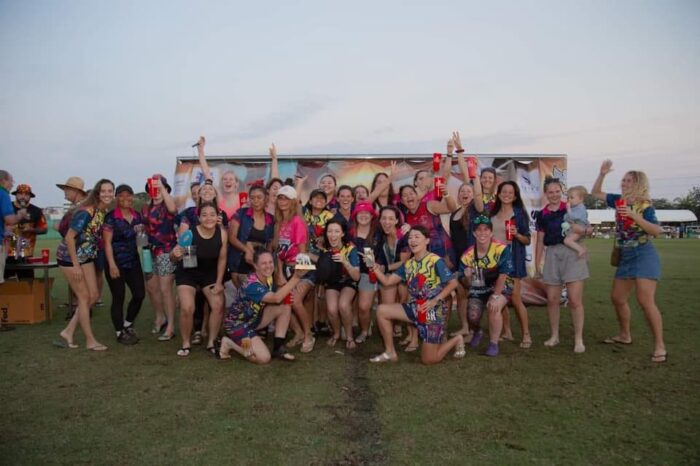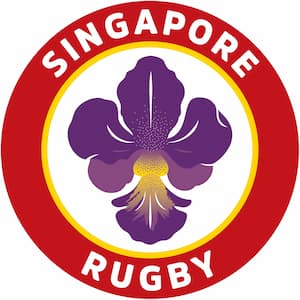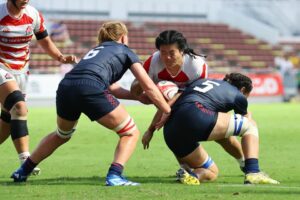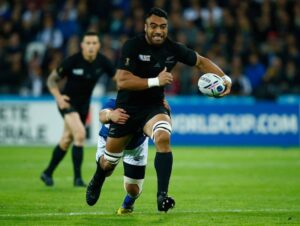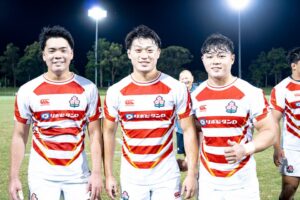The Rise Of The Japanese Men’s Rugby Team
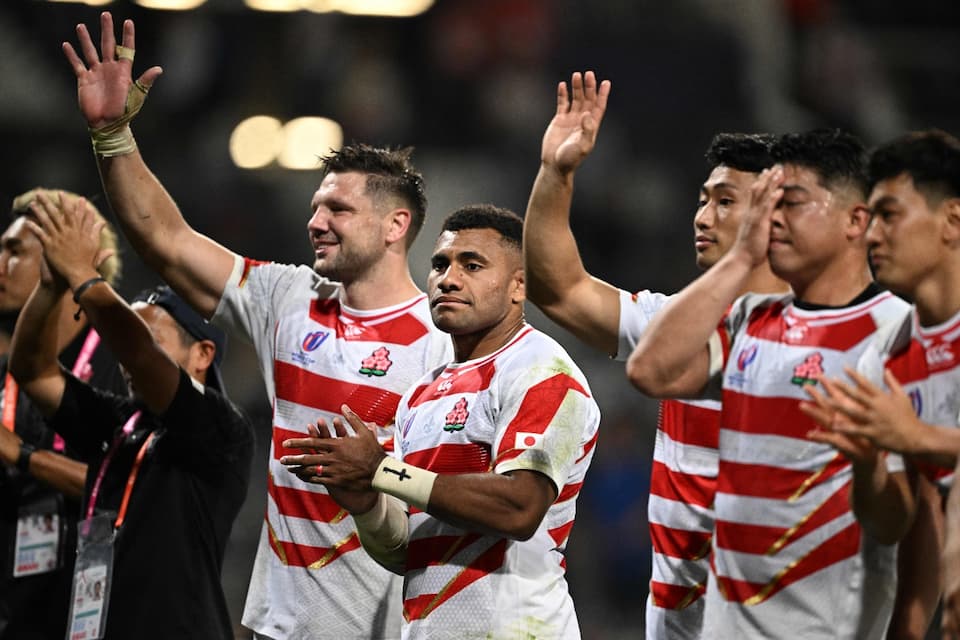
Previously, Japan was not viewed as a top rugby nation compared to New Zealand, Australia, South Africa, or England (the only men’s World Cup winners to date). Until 2015, the Japanese men’s rugby team (Brave Blossoms) were regarded as a peripheral presence within the international game.
Japanese rugby hit its low point in the mid-1990s when the Brave Blossoms were thrashed 145-17 by the ‘All Blacks’ in the 1995 Rugby World Cup. The past decade has brought a positive change in fortunes for the JRFU, driven by investment and the development of the sport domestically..
That was most famously demonstrated by the victory over the Springboks at the Rugby World Cup 2015 which has been seen as a watershed moment for the Brave Blossoms and that result is not part of rugby folklore
Japan then hosted the tournament four years later, and riding the home advantage and with some excellent preparations, they beat Ireland and Scotland on the way to reaching their first-ever Rugby World Cup quarter-finals before losing to eventual winners, South Africa.
The men’s team went into the France 2023 Rugby World Cup confident, even if ultimately they narrowly lost out on a place in the quarterfinal stages. So what is behind the improvement in the team in recent years?
Major Developments From 2015
Rugby has been a sport in Japan for much longer than most people realise. The first rugby club – Yokohama Football Club – was created as far back as 1866. It would be fair to say that Japan did not excel at the international level though; its teams suffered from physical size disparities in XVs in what is an intensely physical sport as well as isolation from the western rugby world in general.
The win over South Africa eight years ago was so unexpected that it sent shockwaves through the game. Japan has used it as the first block in a building process though.
Immediately after the tournament finished, the Japan Rugby Football Union (JRFU) struck a deal for the Sunwolves team to take part in Super Rugby. That was a really important move because it allowed Japanese players to pit themselves against top-notch teams from the Southern Hemisphere – and they improved rapidly.
It also made more domestic fans of what is an internationally popular sport more aware of Japanese rugby players. People all over the world watch rugby, with the broadcast and engagement numbers breaking records at Rugby World Cup 2019 and since broken again at the matches this year – in new regions but also in Japan, which is impressive considering the time difference for some of the matches played in France.
Rugby is growing in popularity across the world – the game has experienced more viewers in recent years as more people take an interest in the sport. Importantly there is increased interest, support and engagement from girls and womens and more has been done to offer parity in payments at the international level.
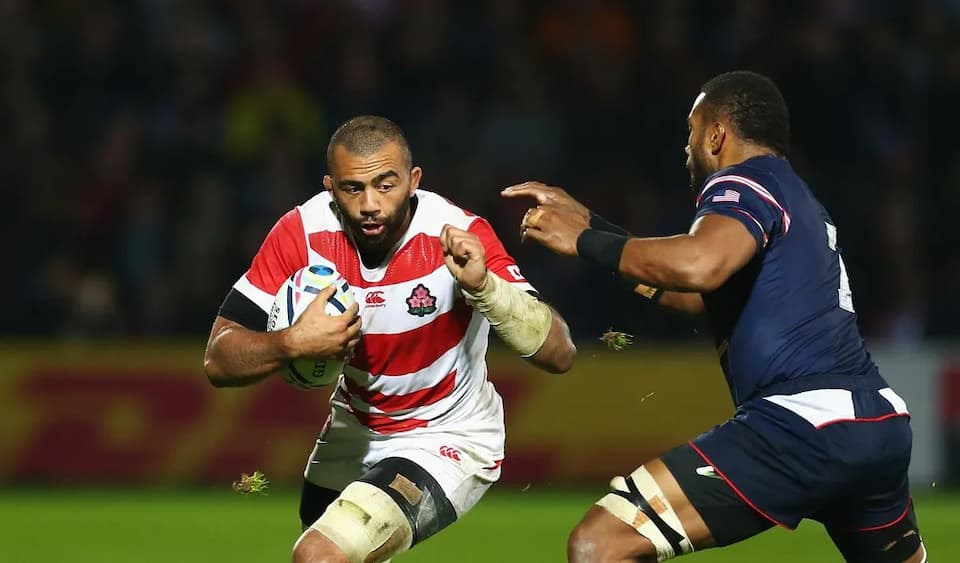
Photo Credit: World Rugby – Michael Leitch – Japan Brave Blossoms
This has been influenced by some of the top online bookies offering bets for major rugby tournaments and matches, adding some suspense to the matches.
The fact that Jamie Joseph and Tony Brown had their hands in supporting the Sunwolves before their exit from Super Rugby as well as the Japanese national team meant that the lessons that were learned at the top level could easily be applied in international matches.
Fresh Tactics and New Rugby Stars
The Japanese team under the coaches have a blueprint for their tactics which are based around a fast, attacking approach and an incredibly technically drilled team who are very fit.
The introduction of players such as Kenki Fukuoka and Kotaro Matsumisha on the wings gave Japan width, pace and agility that was demonstrated to devastating effect at the World Cup 2019.
Japan had a wealth of attacking talent in its squad and was among the fittest teams in the international game, enabling players to outpace bigger and stronger opponents. They had also improved in the scrum and in general the pack was much more competitive and dynamic.
That was a part of the game where Japan had traditionally struggled due to being overwhelmed. Shin Hasegawa, hooker Shota Horie, iconic Micheil Leitch and so many others had galvanised the team and added a backbone to the national side – and the results were remarkable.
A Run of High-Profile Victories
The win over South Africa in Brighton in 2015 was the start of a run of impressive victories charting the emergence of Japan across the next decade. The side went on to draw a match against the French rugby team not long after the finish of the World Cup 2015.
The wins above against the Irish in a pool game for the World Cup 2019, (Japan managed to secure a 19-12 win over the side ranked number two in the world) as well as the key victory over the Scottish 28-21 were milestones.
That enabled Japan to win its group and they became the first Asian rugby side to compete in the quarter-finals of the World Cup in 2019.
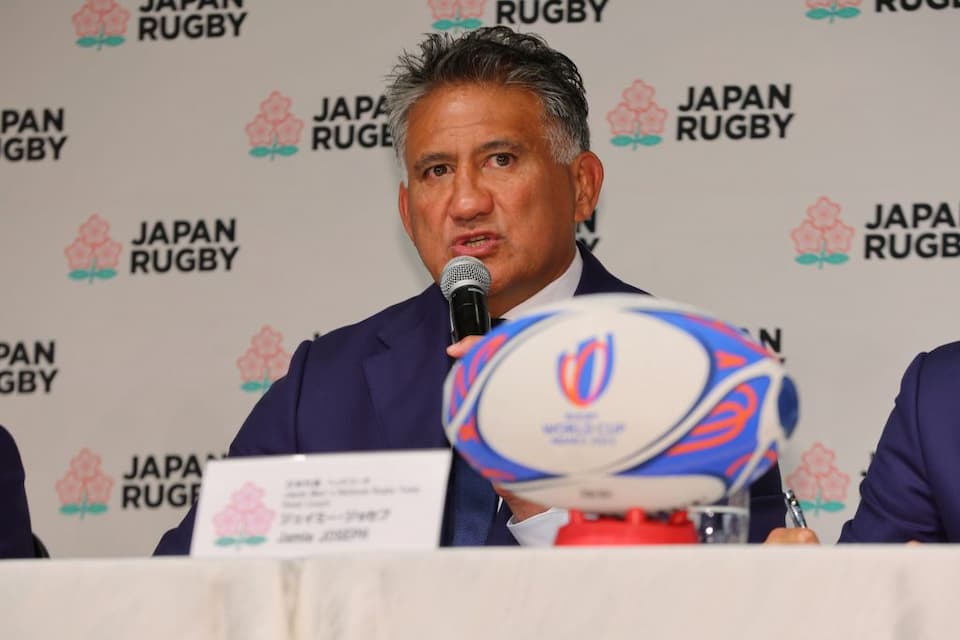
Photo Credit: JRFU – The Men’s national XV team will need a new Head Coach now that Jamie Joseph has ended his duties.
A Plan for Development
Between 2019 and 2023, JRFU set out its Mid-Term Strategic Plan. This is intended to make rugby much more central to Japanese sporting life and culture and also paralleled the introduction of the Japan Rugby League One.
The JRLO is exploiting the burgeoning domestic interest in the game and has attracted stars from other parts of the world. The likes of Faf de Klerk and Quade Cooper of Australia as well as so many others have blazed a trail in moving to play in the Japanese league.
The RWC 2023 final between New Zealand and South Africa saw as many as 13 players feature who will play the 2023-2023 JRLO season.
The JRFU hopes to attract more top talent from abroad to help boost the standard of the competition and maintain the rise of Japan but finding a new men’s national team coach will be a key part of that as Jamie Joseph has left his role to return to NZ.
It has been an impressive decade for Japanese men’s rugby but how will they build from here and ensure it is just the start?
This is an invited post not written by Rugby Asia 247.
